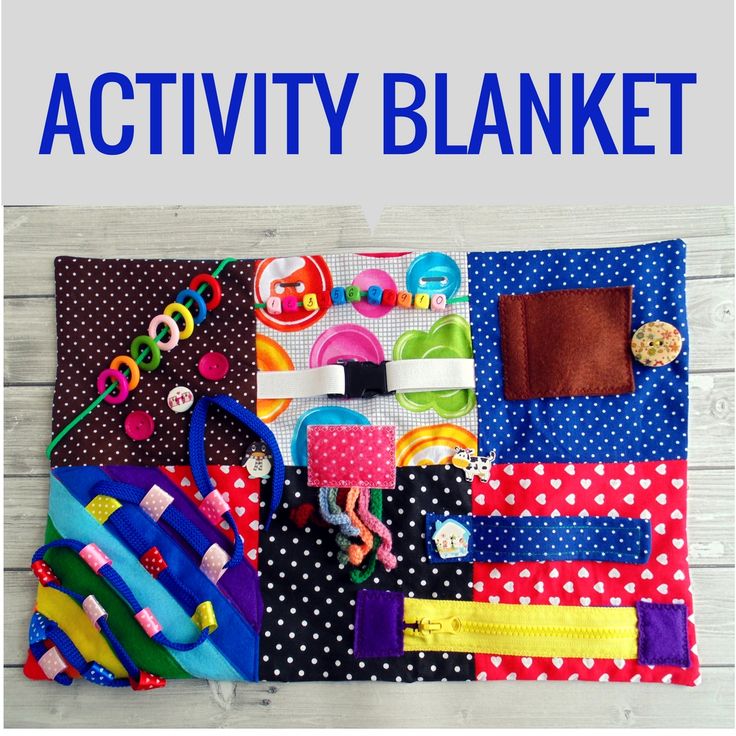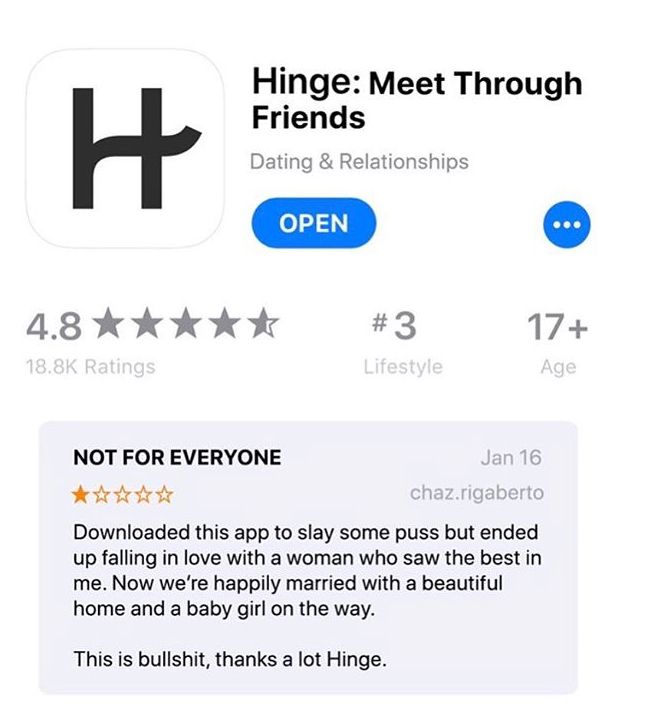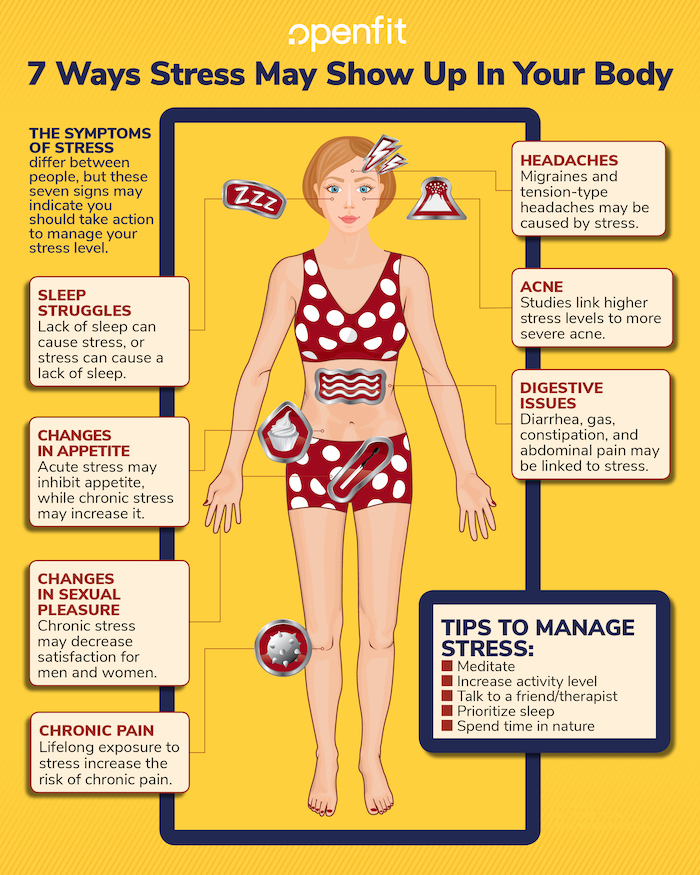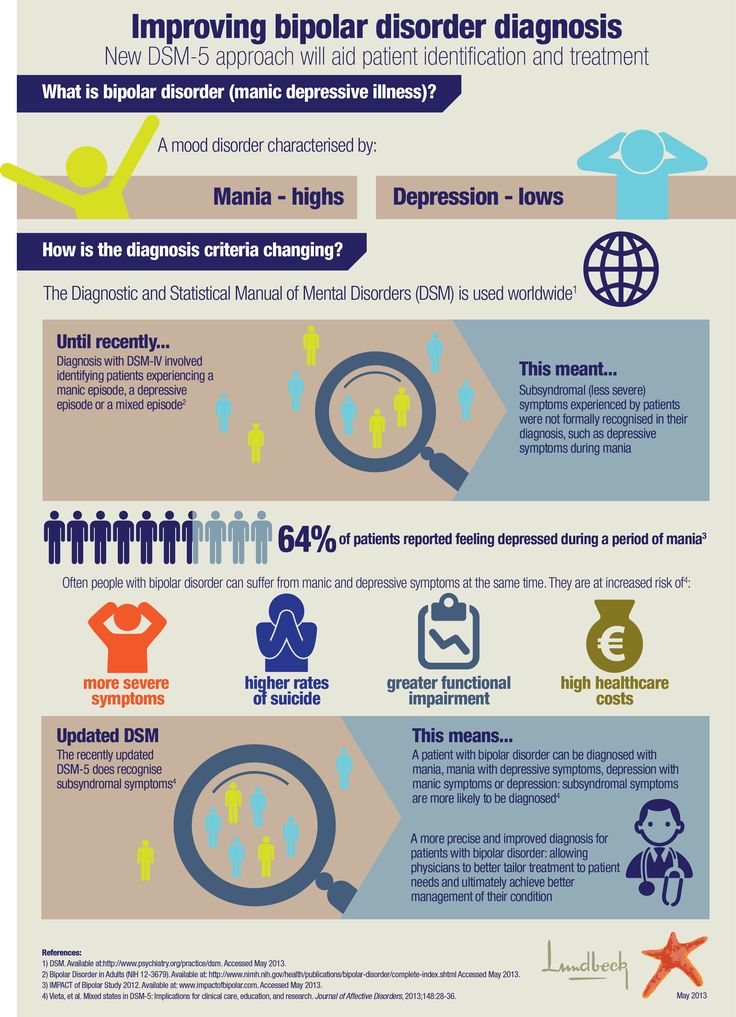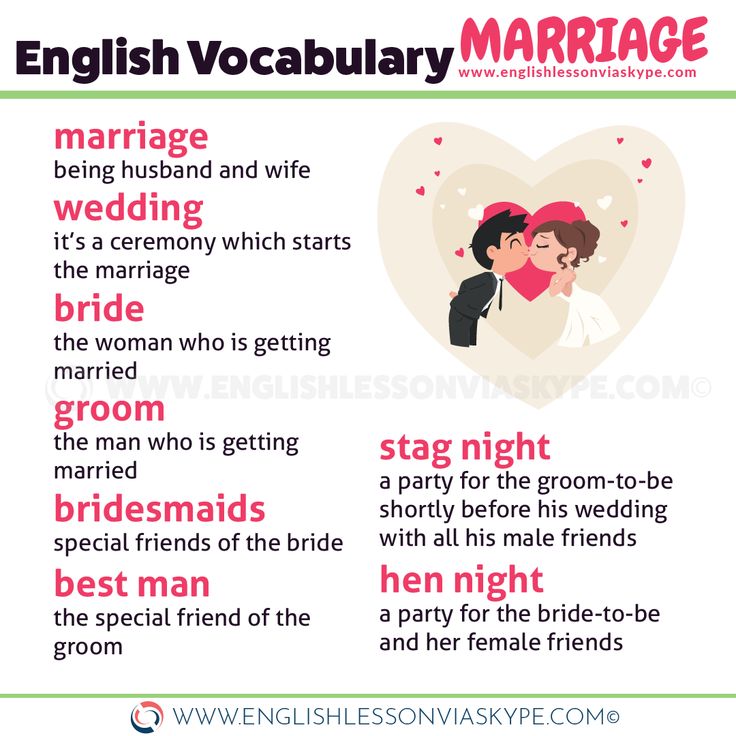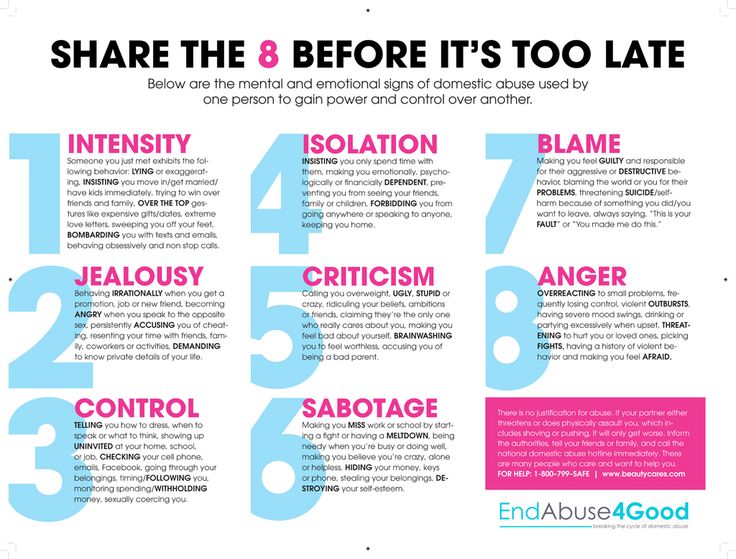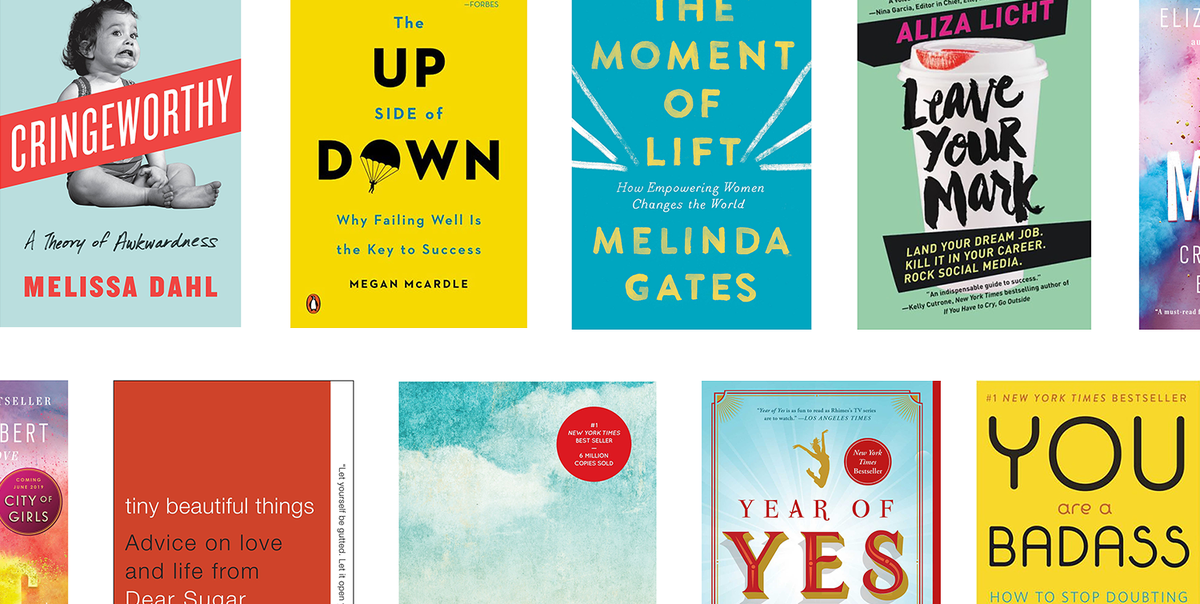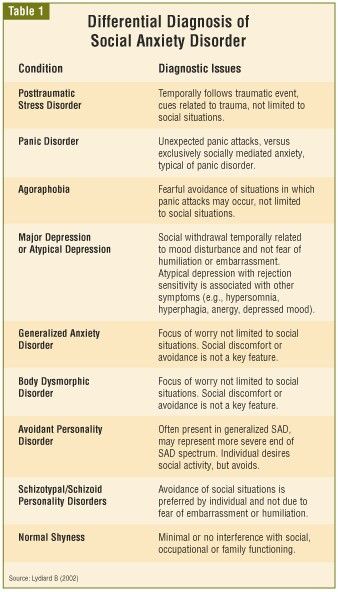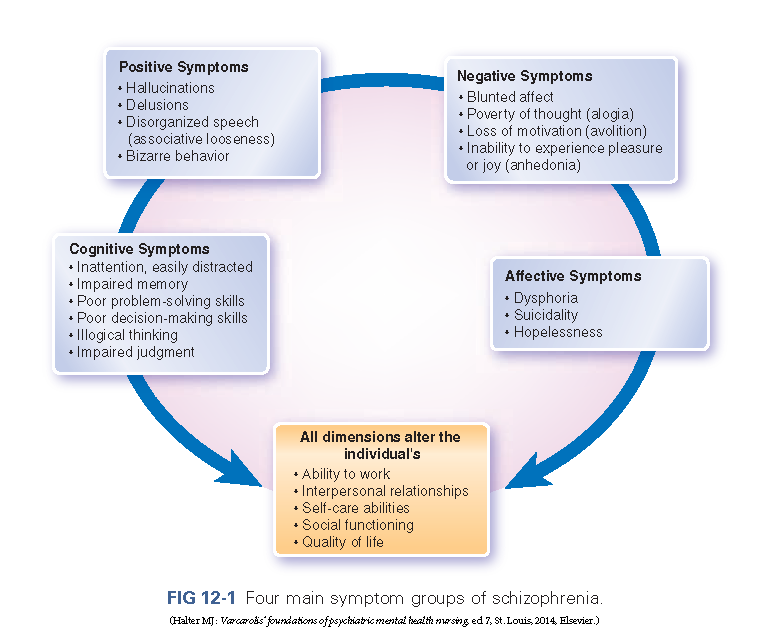Autism sensory blankets
Weighted Blanket and Autism: Benefits, Effects, and Research
For some autistic people, weighted blankets can provide sleep support or anxiety relief.
The warm pressure of a caring embrace is often calming and comforting. While some of the relief you feel may come from knowing you’re cared for, the physical act of being held can be rewarding on its own.
If you have autism and experience sensory overload, a weighted blanket may be a practical choice to provide constant, calming pressure through the night.
Weighted blankets look just like regular blankets. You can find them in many sizes, colors, and fabrics. Unlike standard blankets, though, a weighted blanket has a filler added that creates an equal weight distribution.
Common weighted blanket fillers include:
- plastic pellets
- glass beads
- ball bearings
Depending on the manufacturer, you can find weighted blankets starting around 3 pounds for children and up to 35 pounds for adults.
The weighted blanket’s therapeutic use for autism came about as a result of sensory integration theory. It suggests deep pressure has a calming effect on the nervous system for some people who are sensitive to touch.
Sensory differences are common in autism. You may crave touch or shy away from it. You may also experience sensitivities that involve your other senses and body awareness.
If you have touch sensitivity, irregular sensations can be agitating and unbearable. You might find firm, widespread contact more comfortable and even soothing.
Signs of touch sensitivity may include:
- withdrawing from touch
- refusing clothing or food with certain textures
- dislike of getting hands covered in something
- touching things only with the fingertips to keep contact minimal
- dislike of having skin or hair washed
Under sensory integration theory, using weighted blankets, toys, or vests may ease hypersensitivity to touch.
How you relate to your body with autism may also have something to do with the comfort of a weighted blanket, according to Rebecca Jackson, vice president of programs and outcomes and board certified cognitive specialist for Brain Balance in Cary, North Carolina.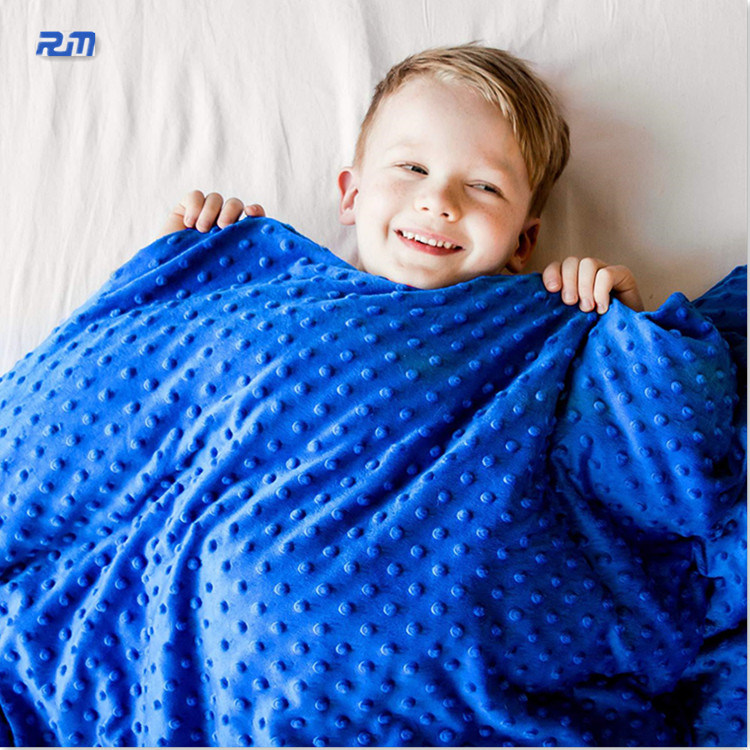
“Individuals with autism often have dampened perception of their ability to sense and feel their own bodies,” she explains. “Each joint in our body has receptors sending constant messages to our brain providing input over position and movement.”
Jackson notes that being able to sense your body position and movements can be comforting and grounding and allow you greater control over your body and reactions.
It’s likely, but still under debate.
Despite their widespread usage, research behind weighted blankets and autism is limited and mixed. Much of the supportive evidence has only recently been published.
A 2020 systematic review of 8 weighted blanket studies found potential therapeutic benefits for anxiety reduction.
Authors noted there wasn’t enough evidence to suggest the blankets affected insomnia but explained research in the field was lacking.
Before this, the largest study investigating weighted blankets and autism occurred in 2014. It also found no significant sleep improvements, but participants preferred the weighted blankets to standard options.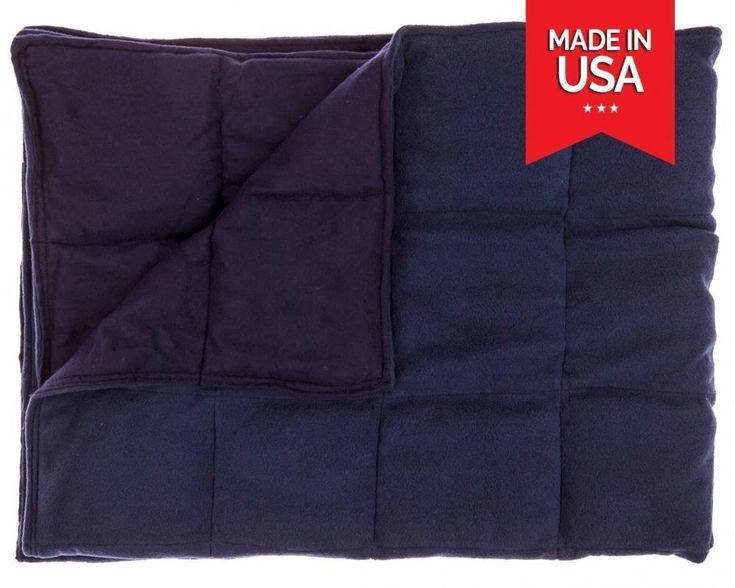
These findings on sleep are contrary to those from a 2021 retrospective follow-up study of autistic children and adults with attention deficit hyperactivity disorder (ADHD). In this research, weighted blankets did improve:
- ability to fall asleep
- sleep throughout the night
- relaxation during the day
- morning routine
- ease of waking up
Those findings showed a decreased time to fall asleep and an improved morning mood. Authors noted, however, their results weren’t significant enough to make a clinical recommendation.
Even more weighted blanket support comes from a study focused on adults hospitalized for mental health treatment. According to the research, using a weighted blanket was linked to a 60% reduction in anxiety.
Some manufacturers recommend your weighted blanket should be approximately 10% of your body weight as an adult. Your personal preference may be slightly more or less than that amount.
For children, the 10% recommendation isn’t always practical or safe.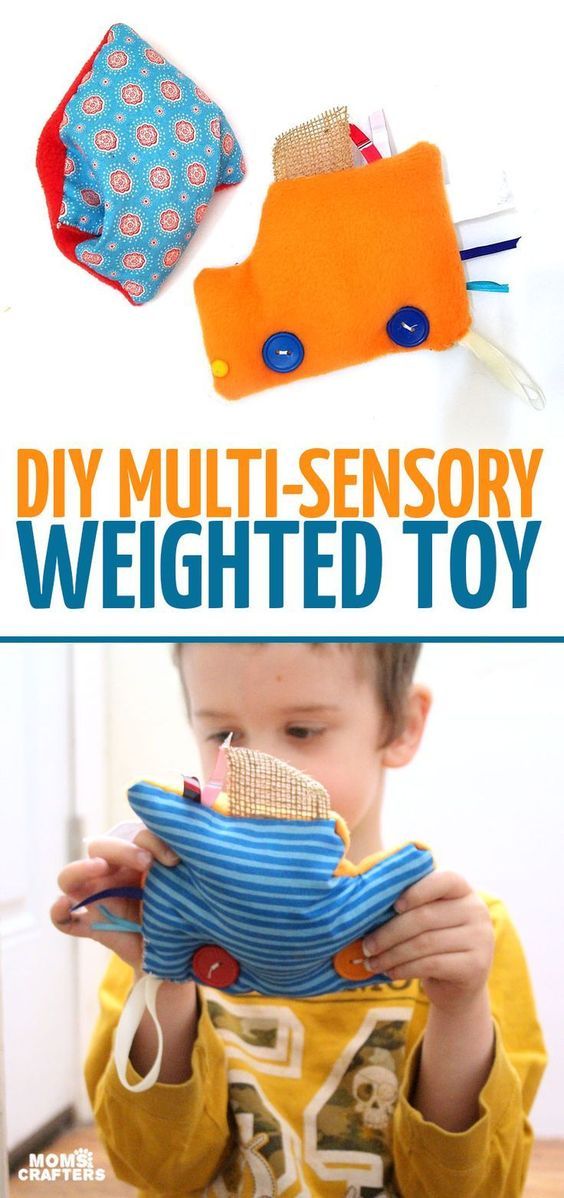 The average weighted blanket is between 3 and 12 pounds for children.
The average weighted blanket is between 3 and 12 pounds for children.
In some cases, using a weighted blanket in very young children may increase the chances of suffocation.
A healthcare professional can help you determine what’s suitable for your child’s needs.
You may not want to use a weighted blanket if you experience:
- respiratory disorders, like asthma
- obstructive sleep apnea
- low blood pressure
- type 2 diabetes
- claustrophobia
You can use the weighted blanket at night as you would your regular blanket. If you use additional standard blankets, they may increase the amount of pressure you feel.
You can buy weighted blankets online, or you can check with your local sleep clinic.
The National Autism Resources offers children’s weighted blanket options, as well as lap pads and easy-clean selections.
Living with hypersensitivity and anxiety as an autistic person can pose many challenges, even when sleeping.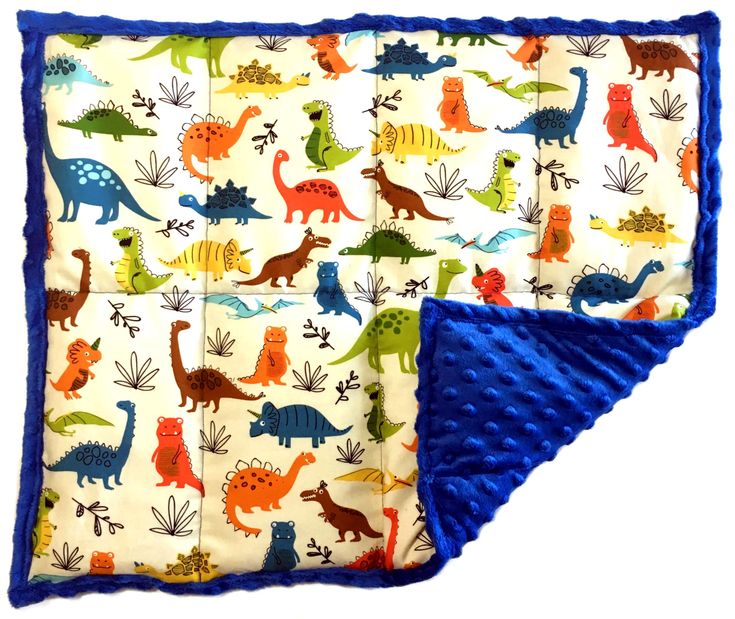
Weighted blankets may offer an in-home way to improve your slumber by helping you feel relaxed and calm.
“Both motion and weight increase the signal response providing more input to the brain,” says Jackson. “The weighted blankets can provide this increased input and comfort.”
If you or someone you know is autistic and wants to try a weighted blanket, a healthcare professional can help you decide what options are suitable for you.
The Actual Truth About Weighted Blankets for Autism
Imagine if you were to describe the autism spectrum like a box of cupcakes.
Hear me out...
Some cupcakes have sprinkles, and some have icing. Some have buttercream.
But, no cupcake is more “severely” cupcake than the other.
Autism isn’t a set of defined symptoms that get more severe as you “move up” the spectrum.
If you’re an autistic person, you have a unique set of neurological differences.
Your needs can be recognised and accommodated in different ways.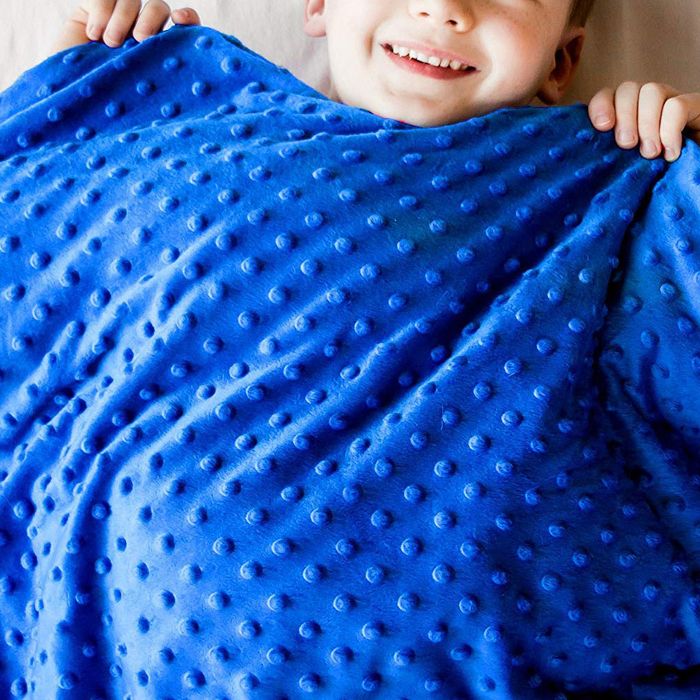
That’s why the question “do weighted blankets for autism work?” has many different answers.
Let’s dive right in...
Karmara Weighted Blankets
- Organic Breathable Cotton
- Small Quilted Pockets
- Glass Microbeads
- Machine Washable
View Karmara Blankets
Do Weighted Blankets for Autism Actually Work?Weighted blankets provide a deep pressure sensation all over the body, which is a form of sensory input. If you seek or enjoy heavy sensory input, a weighted blanket can feel calming and relaxing. A weighted blanket will likely not work effectively for autistic people who are overwhelmed and irritated by heavy touch.
I’m not going to bore you with stats, so put simply:
For those who get cravings or require constant sensory input, a weighted blanket can be a:
“wow!! how did I ever live without one of these?”
But, for someone who is easily over-stimulated by touch and pressure they are:
“omg this is awful, why would anyone want this?!”
Some autistic individuals with sensory differences prefer a different type of sensory input (e.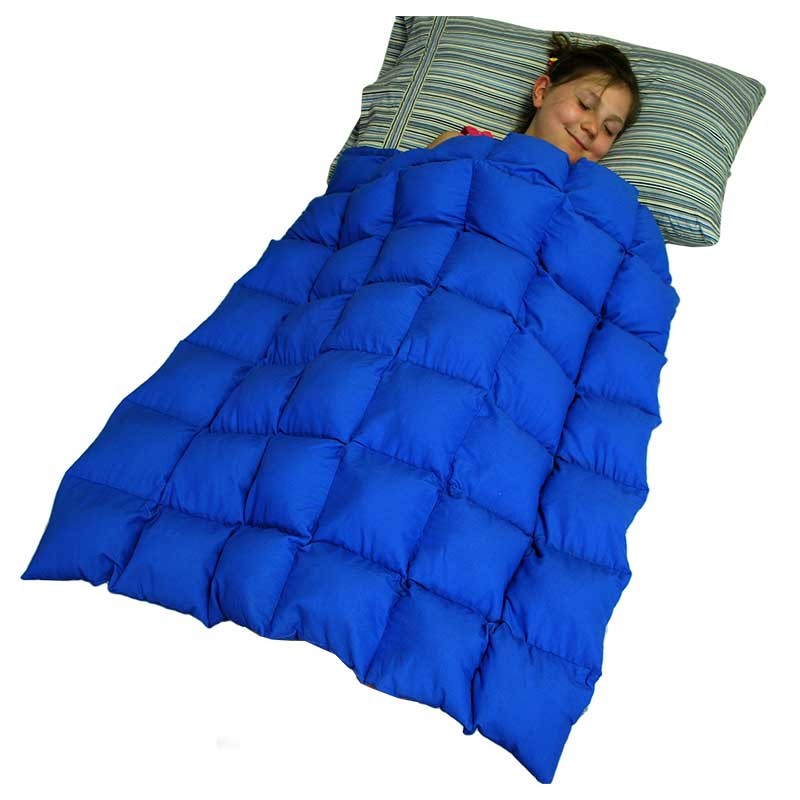 g. touching soft objects or looking at lights)
g. touching soft objects or looking at lights)
Others enjoy deep pressure but prefer it from a hug or from tight clothes.
What’s the bottom line?
Understanding your or the individual’s sensory processing needs is the first step before buying a weighted blanket.
Hundreds of autistic people say that their weighted blanket is the best sensory tool they own.
But for others, weighted blankets feel restrictive or uncomfortable.
Signs You'll Love a Weighted Blanket- You like to use multiple blankets at the same time
- You enjoy contact e.g. cuddling with a pet
- You enjoy deep touch pressure e.g. being squeezed between objects/cushions
- You like to wear heavy clothes or layers
If you respond well to a weighted blanket, you may experience
- A calmer, more relaxed mood
- A boost in focus and concentration
- A better sense of wellbeing
- Better, deeper sleep
Let’s look at this in further detail.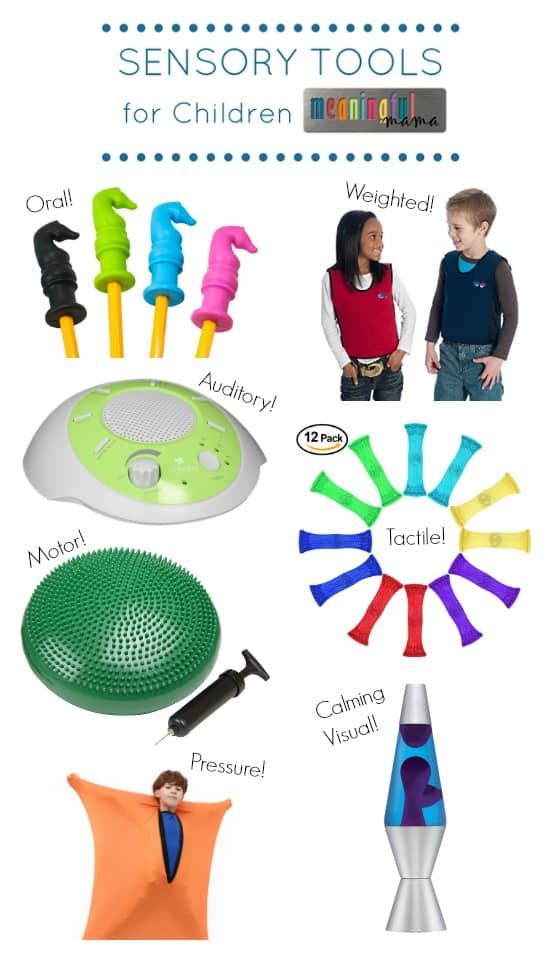
Firstly, if you’re autistic, you operate at a higher level of stress than a neurotypical.
Everyone knows about autism meltdowns.
But no one talks about “the shutdown” and its chronic cousin, “autistic burnout”.
If you feel stressed or anxious as an autistic, you may have your own go-to routine or response e.g. a stim.
What you’re doing here is focusing attention away from an overwhelming experience.
Can you use a weighted blanket as a stimming tool?
The evenly distributed weight applied by the blanket can help to create distraction, provide relief/comfort and address sensory needs.
At a physiological level, deep pressure therapy helps with emotional regulation by increasing serotonin and dopamine (happy hormones).
A boost in the production of these hormones can also help reduce the negative effects of cortisol (stress) to hormonally regulate your body’s response to sensory information.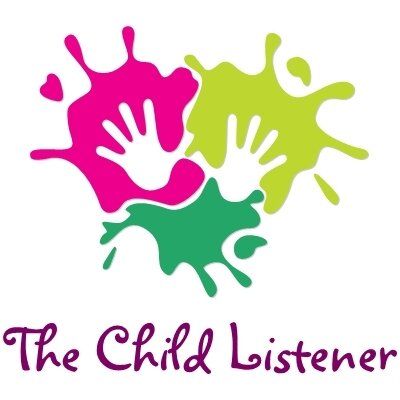
In other words, you’ll feel calmer and happier!
Click here to learn more about how weighted blankets help with anxiety.
Calmer Transition TimesWe all lead busy lives, and we move from one activity to another pretty quickly.
These are called transitions.
You’ll know that people with autism can REALLY value routine and predictability.
Any kind of change, no matter how small, can cause stress and anxiety.
Sound familiar?
Using a weighted blanket can help you prepare for sudden change.
Something as simple as creating a positive introduction to a new task can make them easier.
Use a weighted blanket before every transition can help:
- Weave routine in with new tasks
- Reduce stress and anxiety
- Transition from an energetic activity to a more relaxed, calmer one
- Feel more positive about starting a new task
Did you know that 80% of people with autism have trouble sleeping?
When you're up all night worrying, your mind races and you toss and turn.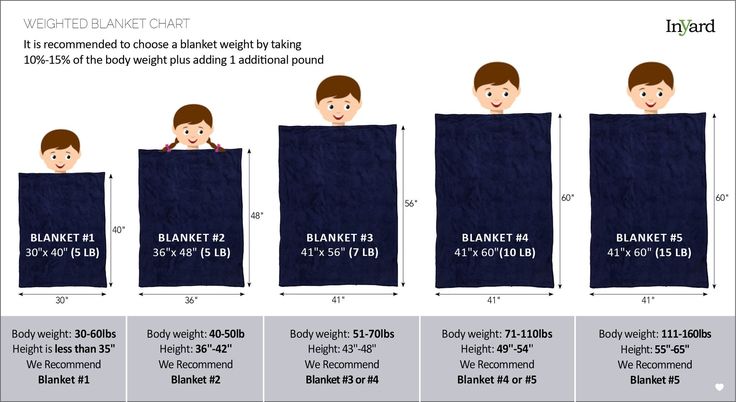
Weighted blankets can help change all of that.
Reduce night time anxiety, late night panic and stress by throwing a weighted blanket over your body.
The increased levels of serotonin and endorphins provide an instant feeling of sleepiness.
The natural calming effect of cuddling up with a weighted blanket can help you regain your composure after a long, hard day.
Here’s how weighted blankets improve sleep:
- Reduces cortisol, which can prevent us from falling asleep
- Increases serotonin levels, natural precursor to melatonin
- Boosts melatonin which controls sleep-wake cycles
More information on how weighted blankets help with sleep
Are There Any Concerns When Using a Weighted Blanket for Autism?
The good news about weighted blankets is that there is little to no risk involved.
There are only a few things that I would recommend considering
- If you are sensitive to temperature, it could become too hot for you.
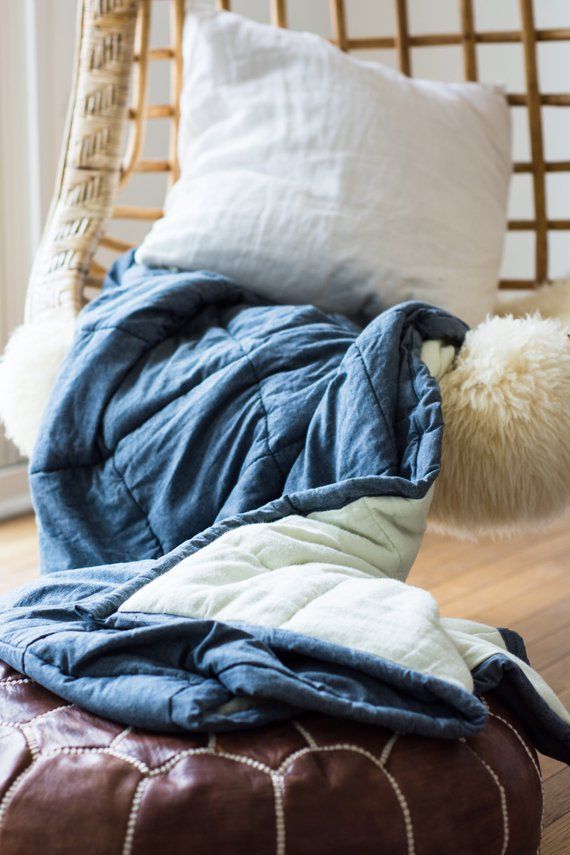 We strongly recommend you check out a cooling weighted blanket.
We strongly recommend you check out a cooling weighted blanket. - If you have trouble getting up in the morning, it could get even tougher.
- It could become harder to sleep without one. Try not to use them every day so you don’t develop an intolerance to their benefits.
Hmm, well, yes. A weighted blanket CAN make you overheat, but only if you buy one that traps heat.
The key difference maker here is the fabric and the construction of the blanket.
Using a cheap, low quality blanket is a recipe for a sweat-soaked night of tossing and turning.
Pay close attention to the following if you’re looking for a blanket that won’t melt you:
- Filling – Blankets that use cheap materials need to stuff more plastic/sand into a blanket to make up the additional weight, making them thicker and less breathable. Look out for a blanket made with glass beads or no filling (knitted).
- Pockets – Use a weighted blanket with quilted pockets that keep the beads evenly spread and prevent hot spots.
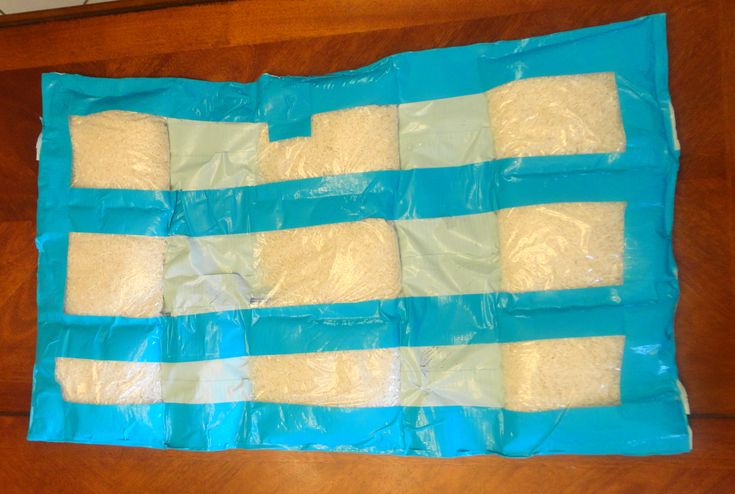
- Fabrics – Cotton is a natural, breathable fabric whereas minky and fleece are softer, and will trap more heat under the blanket.
Some blanket users have one of each. A plush blanket for the winter months and a cooling, cotton blanket for the summer time.
How to Choose The Right Weighted Blanket for Autism?
No two cases of autism are equal, and the same can be said for weighted blankets.
Whether you're buying an adults or a kids weighted blanket, you'll need to know what to look out for.
Here’s my list of the most important points to consider when buying a weighted blanket for autism.
Weight Distribution
One of the more crucial considerations is even distribution of weight.
From corner to corner, not a single section should sag or bunch up.
When you roll over or move the blanket, the pressure should adjust naturally to your position.
If the filling of the blanket starts to bunch up and fall into the corners, you’re going to have a VERY uncomfortable experience.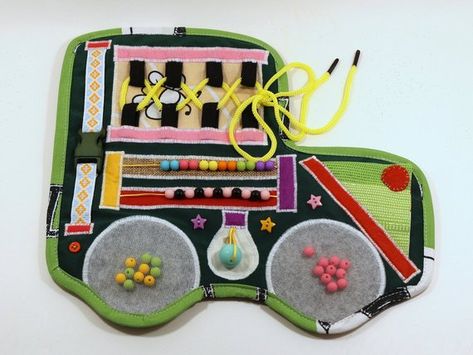
How will I know if the weight is evenly distributed?
Blankets with quilted pockets are designed to guarantee an even distribution of weight.
Each pocket houses a very specific amount of weight that is locked into place.
Karmara Weighted Blankets
- Organic Breathable Cotton
- Small Quilted Pockets
- Glass Microbeads
- Machine Washable
View Karmara Blankets
The smaller the pockets, the better.
When the blanket moves, the filing (in our case glass beads) can only move inside the pocket itself.
Bad quality blankets are completely packed with plastic beads that have the freedom to move anywhere.
You could also opt for a knitted weighted blanket that will not contain any fillers at all.
Filling
Glass beads are heavier than plastic pellets. They are also smaller, so they take up less space in the blanket.
The finished product is thinner and more breathable than those made with plastic pellets.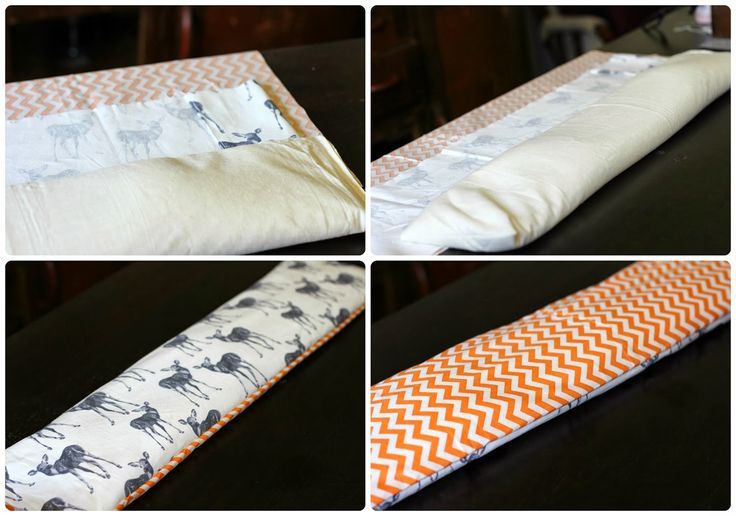
Blankets made with plastic beads are usually bulkier and make a lot more noise.
This doesn’t affect the therapeutical benefits of the blanket though.
Material
Organic cottons and natural materials are the most breathable fabrics. Polyester is denser and will make you warmer.
It is a good idea to invest in a double-sided blanket or a blanket with a removable cover so that you can take advantage of both materials.
The Key Takeaways
We strongly recommend trying a weighted blanket.
BUT, only if you are comfortable with pressure.
Hundreds of people with autism claim that their weighted blankets help them sleep better, feel calmer and focus more.
But remember, weighted blankets aren’t a medically backed treatment.
They are a therapeutical tool to help alleviate the symptoms that make autism harder to deal with.
If you’re going to buy one, consider the fabric and the construction of the blanket first and foremost.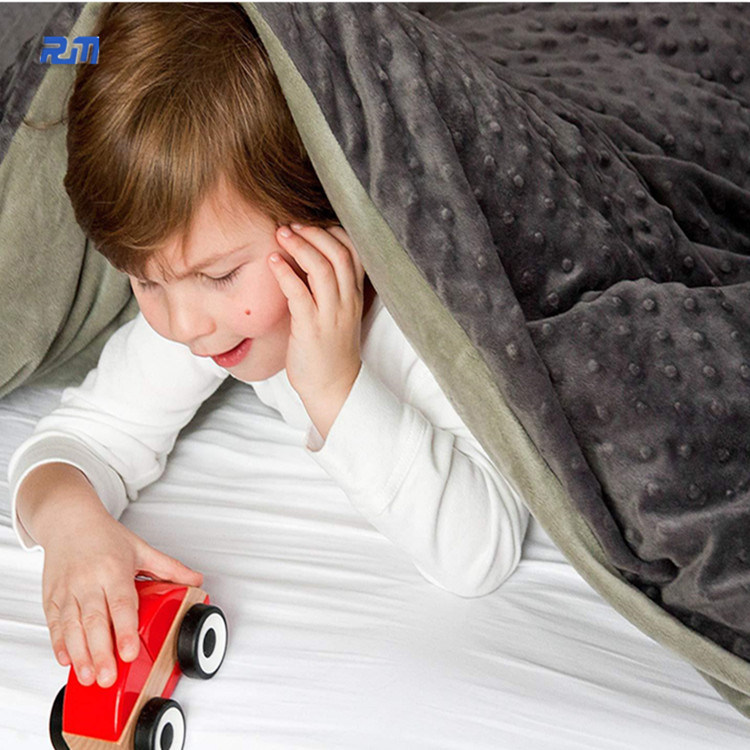
Good luck!
If you have any questions or additional thoughts, feel free to share them with me below.
Sources:
Gee, B. M., Lloyd, K., Sutton, J., & McOmber, T. (2020). Weighted Blankets and Sleep Quality in Children with Autism Spectrum Disorders: A Single-Subject Design. Children (Basel, Switzerland), 8(1), 10. https://doi.org/10.3390/children8010010
Sensorin - Weighted and Sensory Products
Our company specializes in weighted blankets and sensory integration products for children and adults.
View catalog
Bestsellers
Transformer Weighted Blanket
This model is a unique development of our technologists. Its most important advantage is that the blanket can be adjusted not only by weight, but also by size, it seems to “grow” with the child.
Learn more
Adjustable Weighted Silk Blanket
This model is ideal for those who love classic calm colors and strict lines.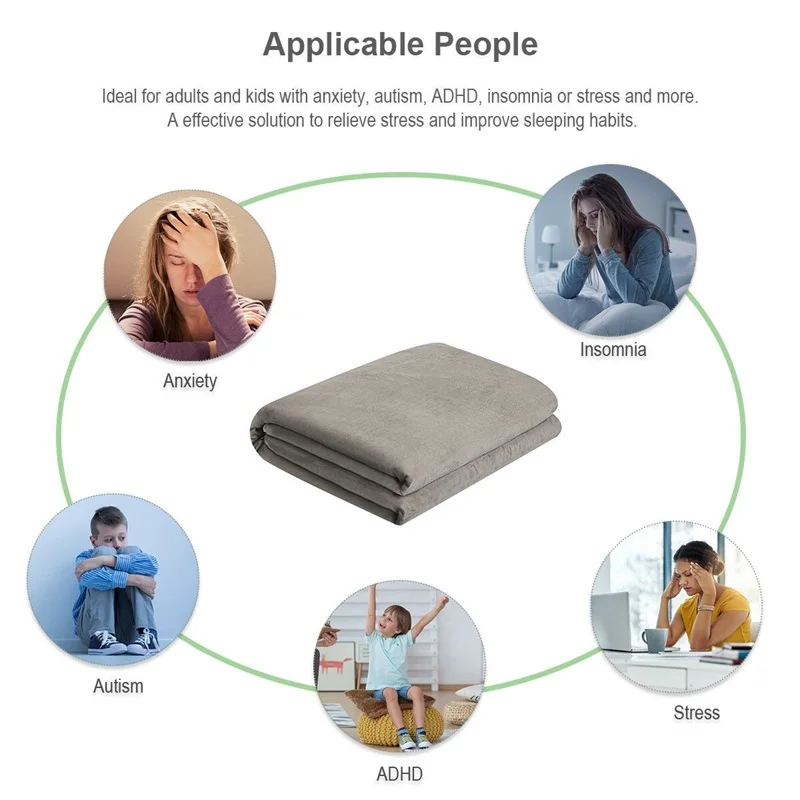 Satin contains a silk thread that gives a noble matte sheen and emphasizes the deep color of the plush.
Satin contains a silk thread that gives a noble matte sheen and emphasizes the deep color of the plush.
Learn more
Weight-adjustable weight blanket for preschoolers
Thanks to our idea of sewing weighting granules into special bags, the blanket can be easily washed and easily adjusted in weight. It's safe and convenient.
learn more
Sensory Egg
The Sensory Egg is a soft and cozy home that children love to sit in. Inside it is warm and calm, like in mom's tummy. A sense of security allows a child with a variety of sensory disabilities to relax and explore new tactile experiences.
learn more
Weighted Activity Cushion
Weighted Activity Cushion is great for exercise, helping you focus on learning, ground yourself when you're anxious. You can hide your hands in the pocket and sort through the fabric with small granules.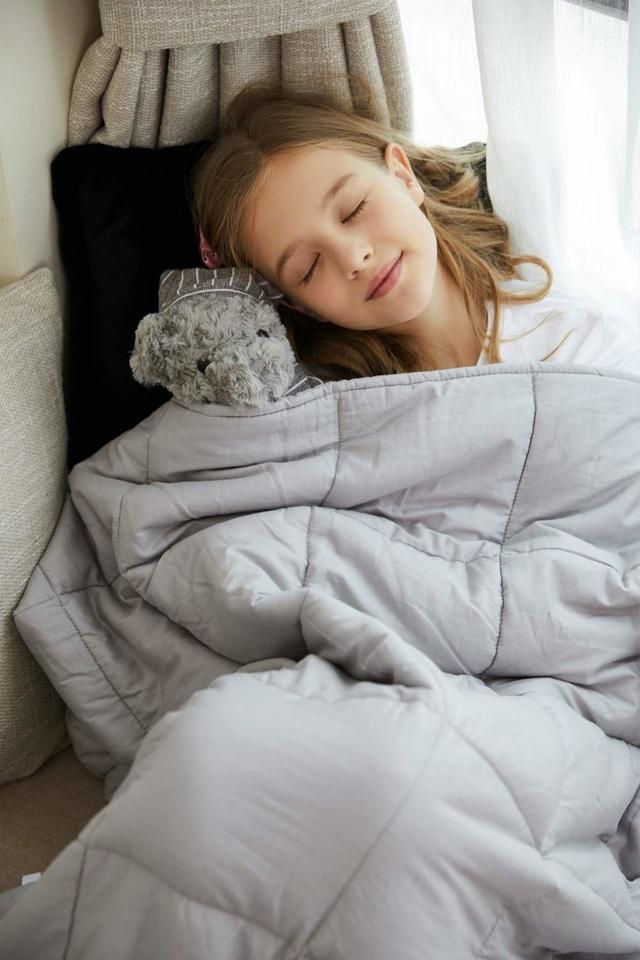
Learn more
Sensory bag for fun active play
This is a kind of elastic duvet cover. Children love to climb into it and stretch it. Such games improve the perception of one's own body, strengthen the muscular corset and charge with positive emotions.
Find out more
Weights for arms and legs
Bright and soft weights in the form of bracelets will please the child. Their main function is to slightly “ground” without the effect of weighting. They are used during classes to concentrate attention or during active games.
learn more
Weighted bib
This is an improved shoulder pad. Helps relieve tension from the collar zone and relax the body. The bib is easily put on over the head due to the sewn-in zipper and is securely located on the shoulders, and also covers part of the back and chest.
Find out more
Own production
We sew our goods in our own sewing production. We do not have intermediaries, which means that the final price of the product is very attractive.
See catalog
Design and functionality
The blankets are designed to meet the wishes of the parents of "special" children. All models with adjustable weight. Practical and safe filler granules are sewn into bags. One side of the blanket is designed to enhance tactile sensations.
Sensory
Unique transforming blanket
One model transforms into 10 options. It is easy to adjust not only the weight, but also the size. One blanket can be used by two children at the same time.
Order
Certification
Products are made of high quality and environmentally friendly materials, certified and safe. All models of blankets have a declaration of quality.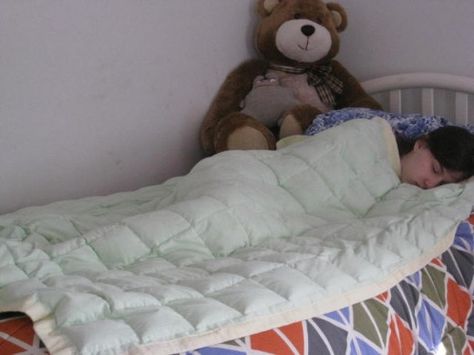
See catalog
We are happy to answer your questions.
We will select the best option!
Why use a weighted blanket?
There is no need to talk about the role of blankets in our lives, but few people have heard about weighted blankets. This thing came into our everyday life not so long ago, and even then this invention was originally developed as an auxiliary tool of a therapeutic nature when working with children diagnosed with autism, cerebral palsy, hyperactivity, ADHD, etc.
A weighted blanket is, as the name suggests, a blanket that differs from a regular blanket in its weight. The optimal weight for more effective use is calculated as follows: 10% of the body weight of the person for whom the blanket is intended, + 1-1.5 kg.
The soothing effect of pressure
Scientists have been talking about the positive effect that gentle, even pressure has on the body for a long time.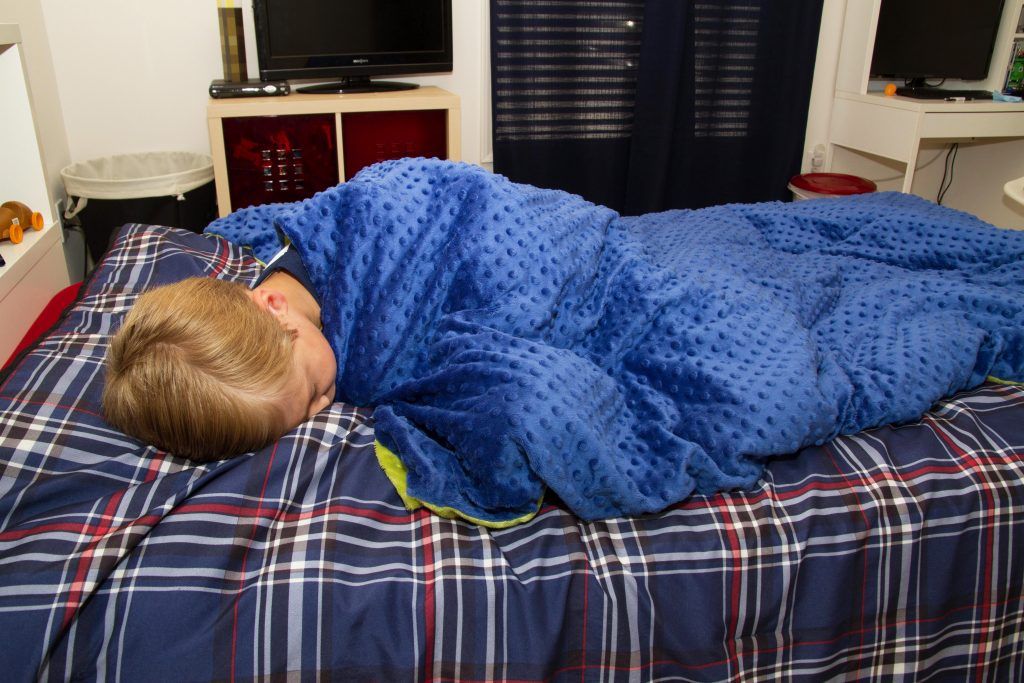 In particular, its calming effect on people is noted with autism spectrum disorders . This assumption in practice was “accidentally” proved by the famous American professor of animal husbandry, scientist and writer Temple Grandin, who suffers from autism.
In particular, its calming effect on people is noted with autism spectrum disorders . This assumption in practice was “accidentally” proved by the famous American professor of animal husbandry, scientist and writer Temple Grandin, who suffers from autism.
She created the “hugging/squeezing machine” for her personal use, because, as she later admitted in an interview, she had not had enough hugs since childhood (as you know, autistic people can hardly endure any contact with people). This machine was built on the principle of a calf restraint, which squeezed the animal a little, thereby calming it down.
"Hugging effect"
Later, this principle of the soothing effect of pressure on the body was the basis for the development of weighted blankets. Weighted blankets were originally used to improve sleep and calm children with Asperger's Syndrome, ADHD, cerebral palsy, autism, epilepsy and other mental disorders .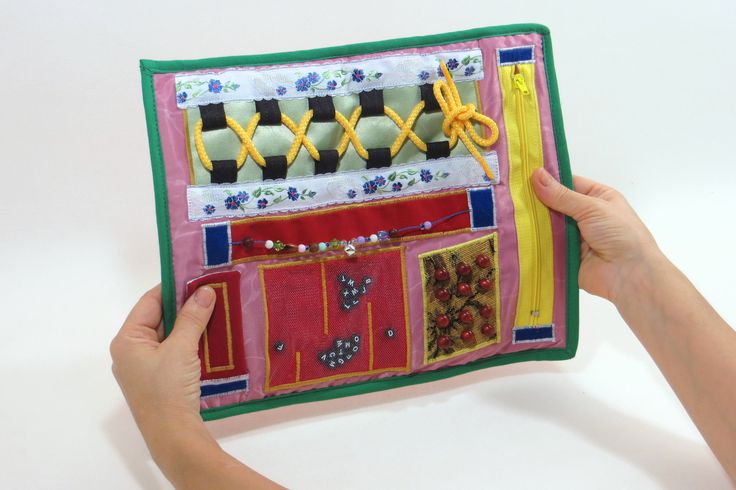
Weighted blankets have also been shown to be effective as complementary, reinforcing (safe and non-drug) therapy for depression, anxiety disorders, insomnia, mania, phobias, bipolar disorder.
In addition, the so-called “strong hug effect”, which this blanket has, helps to reduce anxiety, nervous tension, and reduce stress levels.
Weighted Blankets have been repeatedly studied by psychologists, and although their effectiveness has not yet been scientifically proven, the positive effect of their use was still noted by the majority of the subjects. In addition, there are many private reviews of parents that children's sleep and behavior have improved markedly after they replaced ordinary blankets with “sensory” ones, which are also weighted.
How it works
Psychologists explain the positive effect of weighted blankets by saying that pressure (deep and even) in some way stimulates the sensory system in general and the proprioceptive system in particular , provides sensory integration and helps to some extent help the brain "turn on the production of the hormone serotonin.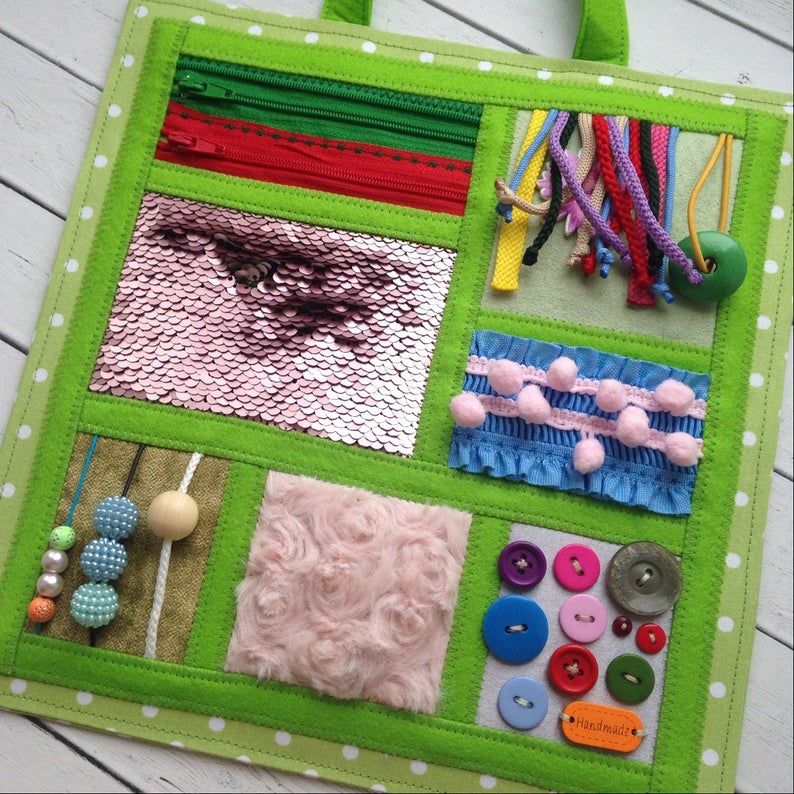 The latter, in turn, helps to calm down, relax, reduce the level of stress, nervous stress.
The latter, in turn, helps to calm down, relax, reduce the level of stress, nervous stress.
- Thus, a weighted blanket can be called a harmless "antidepressant" with a grain of truth.
Also, the heaviness that the sensory weighted blanket gives, to some extent reduces muscle tension, has a beneficial effect on nerve endings and nerve pathways, and regulates muscle tone. And with long-term regular use of this blanket, the level of hormone cortisol normalizes, which has a beneficial effect on the work of both the brain and the cardiovascular system.
Blanket to blanket different
Weighted blankets differ in purpose and size (children, adults). In addition, there are two types of blankets: in some, it is possible to independently change the weight of the blanket , add or remove the filler, while in others the weight of the filler is fixed . A weighted blanket is made up of hundreds of equal-sized pockets with the same amount of filling.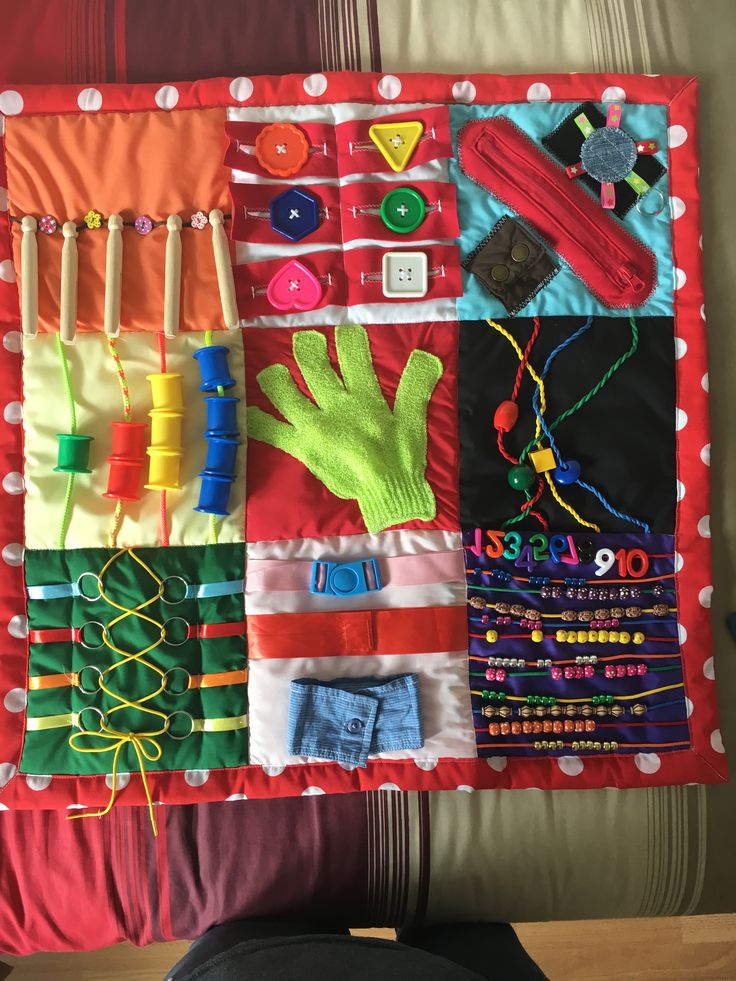
In weight-adjustable duvets, these pockets with "weighting" are most often supplemented with zippers so that you can easily remove some or all of the filling (to wash the outer part of the duvet, for example). Such blankets are more convenient and practical, although more expensive, since their tailoring is expensive. 9 is often used as a heavy filler.0097 environmentally friendly plastic (food primary, in the form of granules) or buckwheat husks . And for the base, dense cotton fabrics are used.
The weight of the blanket, as noted earlier, is calculated in a certain way for each person and should not exceed 20% of body weight. For children, the required amount of filler is also determined, while the size of the blanket should correspond to height and age of the child (but a sleeping blanket is acceptable for children from three years old, and short-term use during wakefulness - from one year old).
By the way, when using weighted baby blankets, be careful .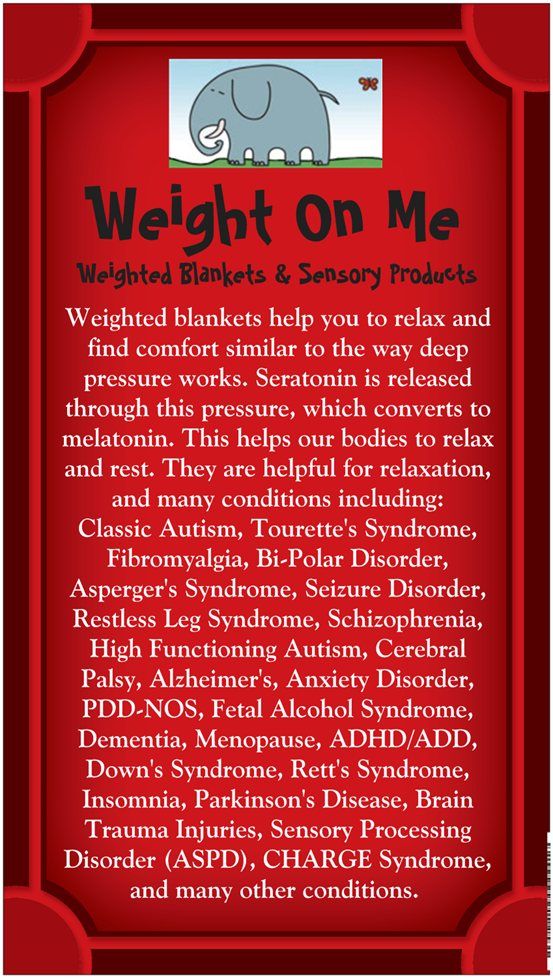 It is important that a child sleeping under such a blanket can independently throw it off himself if desired / necessary and does not hide with his head. Also for small children, it is necessary to choose blankets in which there is no direct access to the small filler.
It is important that a child sleeping under such a blanket can independently throw it off himself if desired / necessary and does not hide with his head. Also for small children, it is necessary to choose blankets in which there is no direct access to the small filler.
Blanket not for sleep
Sensory, weighted blankets are only gaining popularity with us. Of course they are enough expensive (it would be a little more profitable to sew it yourself, if possible). They do not guarantee one hundred percent, instant results and are not a panacea and a universal cure for all the disorders mentioned above. But their effectiveness cannot be denied.
In addition to its intended use for healthier, more restful and deeper sleep, weighted blankets can also be used during the day . For example, a sensory blanket thrown over the shoulders can help calm and focus the attention of a child, an adult. For such purposes, they even produce "modified" weighted blankets: weighted vests, shoulder wraps, blankets and scarves.